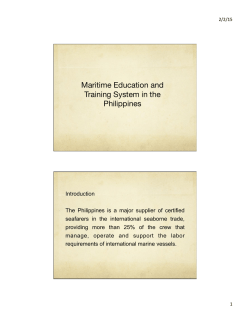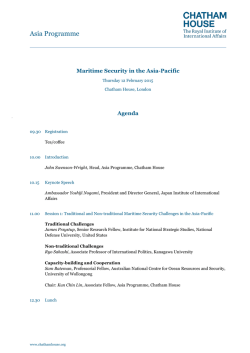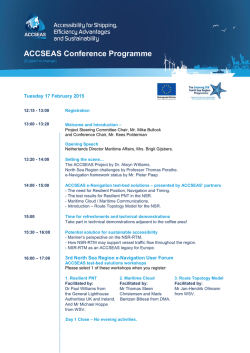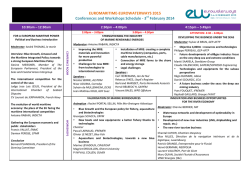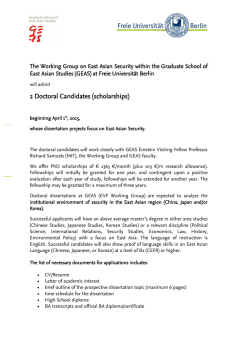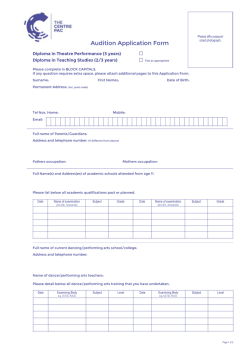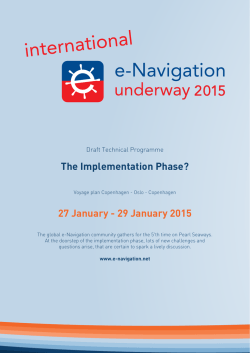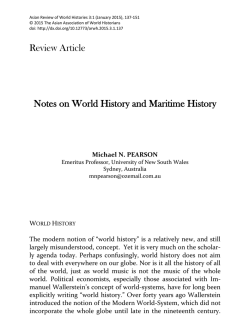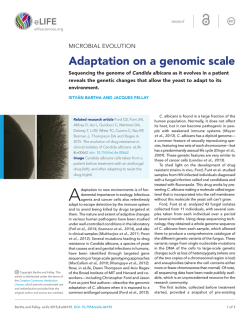
View PDF - Asian Review of World Histories
Asian Review of World Histories 3:1 (January 2015), 153-164 © 2015 The Asian Association of World Historian Book Reviews The Sea and Civilization: A Maritime History of the World By Lincoln PAINE New York: Alfred A. Knopf, 2013. 744 pp. ISBN: 978-1400044092 (Hardback) Reviewed by Karen M. TEOH Stonehill College, Massachusetts, USA doi: http://dx.doi.org/10.12773/arwh.2015.3.1.153 This is a poignant moment to contemplate the sea, and mankind’s relationship to it. The pressures of climate change and human activity—from large-scale aquaculture to container shipping, from mineral extraction to deep-sea exploration—have affected the oceans and the marine life on which we depend, usually not for the better. As Lincoln Paine conclusively demonstrates in this magisterial work, the seas are also a crucial, perhaps even central, point of focus in the story of human civilization. Paine opens the book by declaring that he wants to change the way we see the world—by re-orienting our attention to the three-quarters of the planet that is blue, and composing a longue durée history that places water, not land, at the center of global development and transformation. The sheer scope and detail of this book alone take Paine a good way towards realizing that goal. Beyond that, however, he also shows an impressive command of both the specifics of maritime studies and a genuinely world historical approach. What might, in less expert hands, be 154 | ASIAN REVIEW OF WORLD HISTORIES 3:1 (JANUARY 2015) yet another re-telling of a well-worn story is instead rendered as a deep, engrossing, and perspective-shifting read. The Sea and Civilization is highly ambitious in its coverage. The book proceeds chronologically from the earliest days of documented maritime activity some fifty thousand years ago to twenty-first century shipping technologies and border politics. Paine begins with the earliest maritime ventures in regions such as the South Pacific and ancient Egypt; plunges into the intricacies of Mediterranean trade exchange and imperial tensions; and traces Northern European, African, South and Southeast Asian, and East Asian seaborne expeditions. In fact, it is not until Chapter 14 (of twenty chapters in total) that we encounter the Western European “age of expansion”—an era that, together with its impact on the Americas, is the typical starting or focal point of more Eurocentric (and “land-centric”) world histories. Simply by following the archaeological and archival trail, and by placing this later era in chronological perspective, Paine effectively challenges a conventional approach to global history and offers an undeniable alternative view. In terms of depth, the book is equally thorough, authoritative, and persuasive. Paine carefully recounts the most significant and intriguing features of seafaring in each time period, from the science of navigation and boat building, to trade routes and military conquest, to cultural exchange and the minutiae of shipboard life. He then relates them to their larger economic, social, and political contexts, and provides a brief summary at the end of each chapter of the major themes and developments explored. This structure keeps the exposition from becoming overwhelming, as it allows the reader to surface regularly from the fine-grained examination of a specific region and era in each chapter to gain an overview of the global scene. As such, this one account is able to assimilate not only the somewhat more familiar Greek galleys, Roman ships, and the famed flotilla of the Chinese admiral Zheng He, but also the less frequently discussed (in conventional world history texts, at least) vessels and expeditions of Oman, and present-day Java and Cambodia—all as inte- BOOK REVIEWS | 155 gral elements in the continuous and often inter-dependent story of human development in relation to the world’s waterways. This nearly 750-page tome is densely packed with details, references, and action. One suspects that readers with some basic background in world history would have an easier time negotiating the plethora of information, and appreciating the mastery with which Paine manages this balance. Yet the author wears his decades of in-depth research and expertise relatively lightly, and this is to the reader’s benefit. The narrative is eloquent and engaging. Substantial endnotes and references are tucked away but easily accessed towards the end of the book, and the inclusion of vivid illustrations and literary references throughout enliven the text. This text would appeal to academic and general audiences alike. The former may find a few small items with which to quibble: for example, maps at the beginning of the book somewhat oddly combine place names and terminology from different eras, such that the map for “PreColumbian South America and the Caribbean” includes Ecuador, Peru, and Bolivia. Also, scholars seeking a discussion of the most recent historiography will not find much of what they are looking for here. But these are minor issues that do not at all detract from this encyclopedic, enjoyable, and extremely well executed addition to maritime and world history. Shimin no tame no sekai-shi [A World History for Citizens] By Shiro MOMOKI, Shigeru AKITA, Masaharu ARAKAWA, Asako KURIHARA, and Akihiro SAKAJIRI. Osaka: Osaka University Press, 2014. 311 pp. ISBN: 978-4872594690 (Hardcover) Reviewed by Masayuki Sato Professor Emeritus of the University of Yamanashi, Japan. doi: http://dx.doi.org/10.12773/arwh.2015.3.1.153
© Copyright 2025
